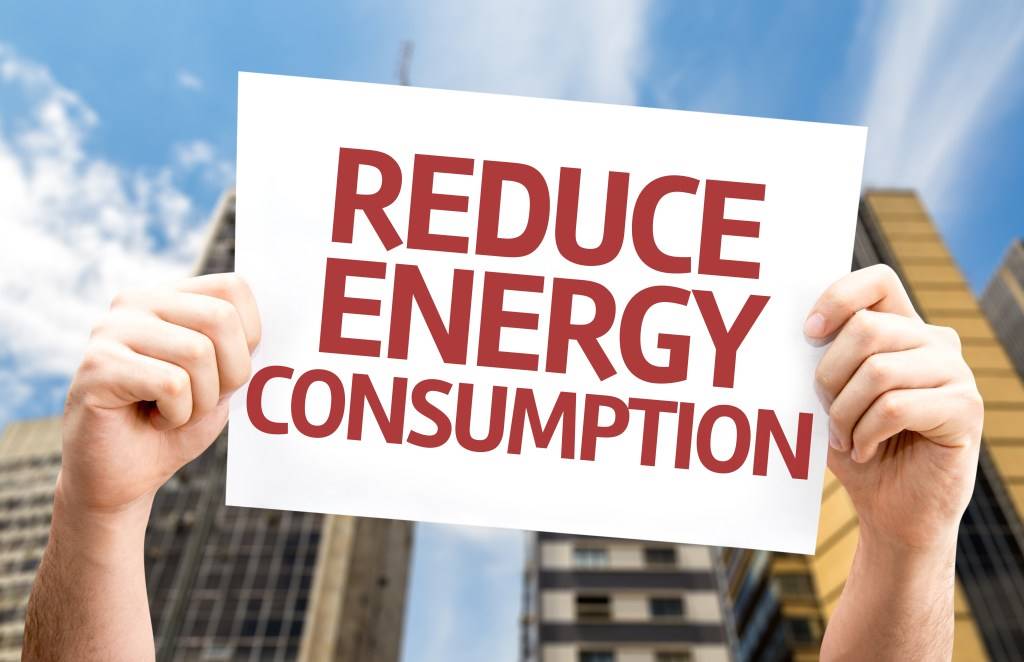
Projects aimed at reducing energy consumption in the built environment can comprise many different methodologies and typically are a custom approach for each circumstance. It is important to lay out a comprehensive plan for the measurement and verification (M&V) of energy-reduction claims to account for the energy savings attributed to these projects.
The most commonly accepted methodologies for M&V programs are prescribed by the International Performance Measurement and Verification Protocol (IPMVP), which offers options for determining energy savings. Option B uses engineering calculations for non-interactive energy conservation measures (ECMs). Option D employs the use of whole-building energy simulations to compare baseline energy usage to the design case. For small buildings or systems in which the ECMs do not have a significant impact on other energy-using systems and can be easily calculated and measured, Option B can be a cost-effective method of determining energy savings.
For most large-scale commercial projects, however, the ECM approach typically involves strategies that would have interactive effects between the inter-related systems, and determining the energy savings attributed to specific ECMs may not be feasible. In this case, whole-building energy simulations are required, and the metering of energy-using components should be established during the design phase. “ASHRAE Guideline 14-2014: Measurement of Energy, Demand and Water Savings” is an excellent guide for describing the programmatic requirements of each methodology, as well as helping determine which method may be the most appropriate. Guideline 14 provides a standardized set of calculation procedures and software toolkits to assist with the analysis of building energy and environmental data.
In both cases, it is important for the entire project team — the owner, design consultants, commissioning agents and installation contractors — to understand the requirements of the M&V plan and the roles and responsibilities of each team member. Establishing the necessary metering and control system inputs, including what to do in the event of lost data or failed sensors, early in the project will greatly help to ensure that your M&V data delivers reliable, repeatable metrics.
For more information, please contact Nate Boyd at nboyd@hanson-inc.com.